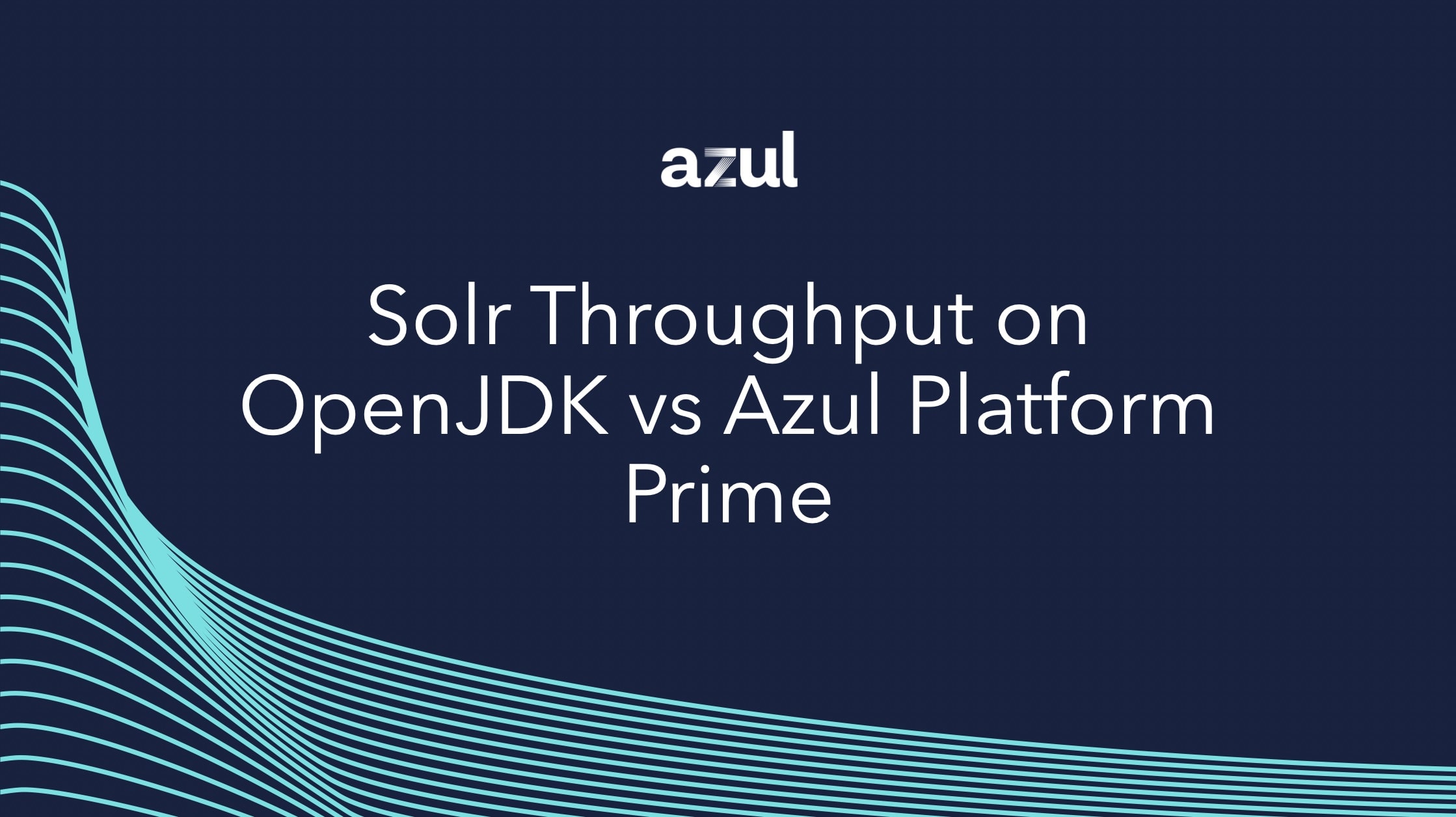
- #MICROSOFT OPENJDK VS OPENJDK UPDATE#
- #MICROSOFT OPENJDK VS OPENJDK PATCH#
- #MICROSOFT OPENJDK VS OPENJDK CODE#
This extended the places where the Oracle JDK could be used without a Java SE Subscription to include “…internal business operations”. The second was to use another new license, the No Fee Terms and Conditions (NFTC). The first was to reduce the time between LTS versions from three years to two. With the release of the next LTS version of Java, JDK 17, Oracle made two further changes. This meant that costs were directly linked to Oracle JDK usage. The pricing for Oracle’s Java SE Subscription was based on a core count (and Oracle-specified multiplier) for server-based applications and a user count for desktop-based ones. This led to a proliferation of OpenJDK distributions, giving users a range of alternatives.
#MICROSOFT OPENJDK VS OPENJDK PATCH#
Suddenly, anyone using Oracle JDK 8 to run enterprise, mission-critical applications would need to pay for security patch and bug fix updates.
#MICROSOFT OPENJDK VS OPENJDK UPDATE#
What had an even more dramatic impact on users was that this license was also applied to Oracle JDK 8 from update 211, released in April 2019. All other use cases required the purchase of a Java SE Subscription. This placed many more restrictions on where the Oracle JDK could be used freely, namely for personal use, development and testing, Oracle-approved applications and in the Oracle Cloud. The new license was called the Oracle Technology Network License Agreement (OTNLA). In 2018, with the release of JDK 11, Oracle made a significant change to the license for the Oracle JDK. This provided stability for those deploying in most commercial environments, while allowing developers to explore and test new features as they were released. Subsequently, LTS releases would be every three years. As the most popular JDK in use at the time, JDK 8 was classified as LTS the next was JDK 11.

Instead, only specific releases would be classified as long-term support (LTS). Oracle also announced that, because of the much faster cadence, they would not provide extended support and maintenance for all releases, as they had previously done. Since JDK 9, there has been a release every six months, in March and September. Rather than being feature-driven, resulting in anywhere from two to four years between releases, it would now be time-driven.

In 2017, it was announced that there would be a major change to the release schedule for the OpenJDK. This was essentially the same as Sun’s license and permitted free use of the JDK anywhere except for embedded or single-use applications, e.g., a ticket kiosk.
#MICROSOFT OPENJDK VS OPENJDK CODE#
Initially, this was provided under the Oracle Binary Code License. Sun had already released the source code to Java through the OpenJDK project, but Oracle continued to provide a binary distribution of Java as the Oracle JDK. In 2010, Oracle acquired Sun Microsystems and became the owner of the Java trademark. Are you confused / worried by the recent Oracle Java licensing changes? Are you weighing up OpenJDK vs Oracle JDK but don’t know where to start? As a Java Champion and two-time recipient of the JavaOne Rockstar award, we asked Simon Ritter, Deputy CTO of Azul, for advice.


 0 kommentar(er)
0 kommentar(er)
